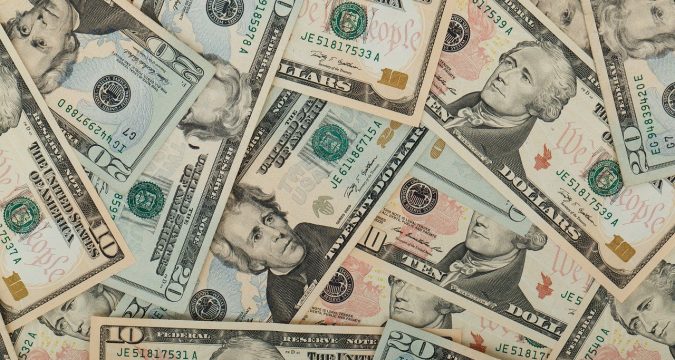
The USD/JPY struggled to breach 115.00 this week, however, the Federal Reserve and Bank of Japan’s divergent fiscal policies suggest a retest of the March 2017 peak of 115.50 is possible. In light of the strong US retail sales figures and a CPI at its highest point since 1990, the Fed should be able to complete its $120 billion asset purchasing program by June 2022. The stronger rebound may be enough for the FOMC to accelerate its taper plan on December 15.
The Bank of Japan (BOJ) and Prime Minister Fumio Kishida’s freshly elected cabinet will contribute to the economic boost. The BoJ’s financial system purchases limit Japanese state bond yields while the Fed’s assistance is withdrawn. This week’s Japanese sovereign yields changed slightly.
US Treasury rates rose at Thursday’s closing. President Biden’s statement that he will choose the next Federal Reserve Chair this weekend–Jerome Powell’s tenure ends in February–led to rumors that Lael Brainard would be nominated. Analysts believe she favors a more flexible monetary policy as a representative of the Federal Reserve Board. In pre-market trade on Friday, the 10-year Treasury yield was 1.538%.
USD/JPY finished at 114.83 on Tuesday and 114.97 on Wednesday, both highs since March 2017, following positive US economic data in October. Retail sales increased to 1.7% from 0.8% in Sept. Industrial production rose 1.6% in October after falling 1.3% in September. From 75.2% in September, capacity utilization rose to 76.4%, its highest since February 2020. The October CPI was 6.2%, the biggest yearly inflation rate in over three decades, according to the BLS.
Wednesday’s turnaround occurred before 11.00 am New York time due to a build-up of sell-orders above the prior high of 114.50. Thursday’s stabilization confirmed this. The decline to 114.00 on Friday was attributable to several causes. Rocketing COVID cases in Europe and a new lockout in Austria prompted a Yen safety reaction, while US Treasury rates fell on rumors that Fed Chair Jerome Powell would be replaced.
In October, Japanese exports grew by 9.4% yearly, below the projected 9.9% and falling from 13% in September. The headline CPI for October was 0.1% (YoY), much below the 0.5% forecast and well below September’s 0.2%. The core CPI declined 0.7% year-on-year for the sixth consecutive month.
USD/JPY Forecasts
Widening gaps between Japanese and US government securities should reflect opposing central bank rate strategies. That is the USD/JPY outlook for the rest of the year and the first quarter. There’s a lot of ambiguity in that premise.
Current Fed predictions call for one Fed funds hike in 2022, to be revised on December 15. According to Fed funds futures, there will be two increases next year and one in January 2023. Recent data suggests that the Fed’s taper timeframe may be accelerated. The return of COVID in Europe raises the potential for a similar rebirth in the US, but this appears unlikely.
Another consideration is the US inflation cycle’s intensity and longevity. The actual interest rate disparity favors Japan at the existing CPI and sovereign rates. The current USD/JPY rise is due to higher US Treasury rates, a stronger currency, and reduced inflation, although these developments are still speculative. The market expects US interest rates to rise, but they haven’t.
The November CPI in Tokyo is available, but there is little reason to expect a shift in the deflationary trend. Wednesday is the day before Thanksgiving in America. DWOS for October should corroborate the strong Retail Sales report. The initial revision to Q3 GDP may be somewhat better. Less bad news for the Greenback.
In terms of interest rate policy and inflation, the US economy will continue to outpace Japan, but that does not ensure a stronger USD/JPY. Until the US rate policy and inflation are decided, the USD/JPY is neutral to moderately higher.
Technical Forecast for USD/JPY
USD/JPY CHART Source: Tradingview.com
The USD/JPY surged on Tuesday, bringing the MACD line close to the signal line. A purchase signal was missed, and the ensuing decline was severe. It’s likely insignificant, but the closeness of the two lines indicates that they are balanced. However, the technical denial from Wednesday was severe. The RSI at the midline maintains the USD/temporary JPY’s equilibrium.
The 21-day MA at 113.86 became resistant on Friday after serving as support from November 11 to 18. From November 5 to 10, it offered opposition, then support, and then opposition again. Since the 21-day MA caught up to the advance over 113.000 in early November, the USD/JPY has fluctuated between 113.00 and 114.40. This month’s average has never been decisive. Its position barely above Friday’s closing won’t stop the USD/JPY from rising.



